We all know how making the good first impression is important for everything; in search and social marketing a search snippet is what makes that first impression.
A snippet is what we first see in search results and social media streams, it’s what makes us click or re-share…
Since many people don’t realize what a search and social snippets consist of, here’s an all-in-one guide for you to hand to the clients or use for yourself:
Google Search Snippet
[Update: Just a week or so after this post Google tweaked the snippet a bit. There’s no longer “More articles by” link]
- <Title>** (It’s truncated at ~70 chars / 466px )
- <meta name=”description” content=”…””/>** (The description is truncated after ~160 chars (recommended: ~ 140 chars))
- URL of the page (It’s usually truncated to show search terms which is an argument in favor for “meaningful” URL structure)
- Name, Google Plus circles and photo of the author as well “More by the author” link (for verified content only)
- Date is generated from the page (not always correctly)
** Meta title and description are search query dependent: Sometimes Google would auto-generate either or both with something from the body (if it’s deemed more relevant)
Tool alert! By testing, it has been identified that Google doesn’t count characters when deciding which part of the title to truncate. Instead, it’s counting pixels. Use this tool to see how long your title is in pixels
Note: “Jump to”
A more seldom case is seeing “Jump to” links within the description of the listing. This is an “Additional” link that brings you down the page straight to a more relevant section of the web page (depending on your query). These links are triggered from on-page “Anchored links”:
Bing Search Snippet
Bing claims to support all sorts of structured data for rich snippets but in reality rich snippets are not that often in Bing: Mostly rich snippets are generated for huge sites like Youtube, Yahoo! Answers, etc. Regular listings are rather plain (even dates in search results are much more seldom than in Google).
Bing has also started showing faces in search: But those faces belong to the people the articles are about rather than the authors (Photos for the “Subject of the article” in Bing versus “Authorship” photos in Google).
Search: Rich Snippets
Both Google and Bing rely on structured markup trying to give their users more information within the SERPs.
Google supports rich snippets for these content types:
- Reviews
- People
- Products
- Businesses and organizations
- Recipes
- Events
- Music
The recommended markup for rich snippets is Microdata.
Tool alert! Both Google and Bing have tools helping you preview your rich snippet (warning neither of them guarantees your search snippet will look that way. They simply scrape the structured markup from your page and show if they can read it):
- Schema.org generators at SEOchat
- Google’s Rich Snippet testing tool
- Bing markup validator (available after you sign in to Bing Webmaster Tools)
Here are a couple of examples of rich snippets:
Social Snippets: Google Plus
Google supports a wide variety of markup when generating Google Plus snippet including Schema.org, Facebook’s Open Graph protocol and regular meta description and title.
Social Snippets: Facebook
Facebook is not that good at finding a good image, so unless you take care of pointing it to one, you may see some random button or banner make it to your users’ Facebook updates.
I did a post some time ago about WordPress plugins that force Facebook to grab the best image from your articles, so just pick one and you are good to go!

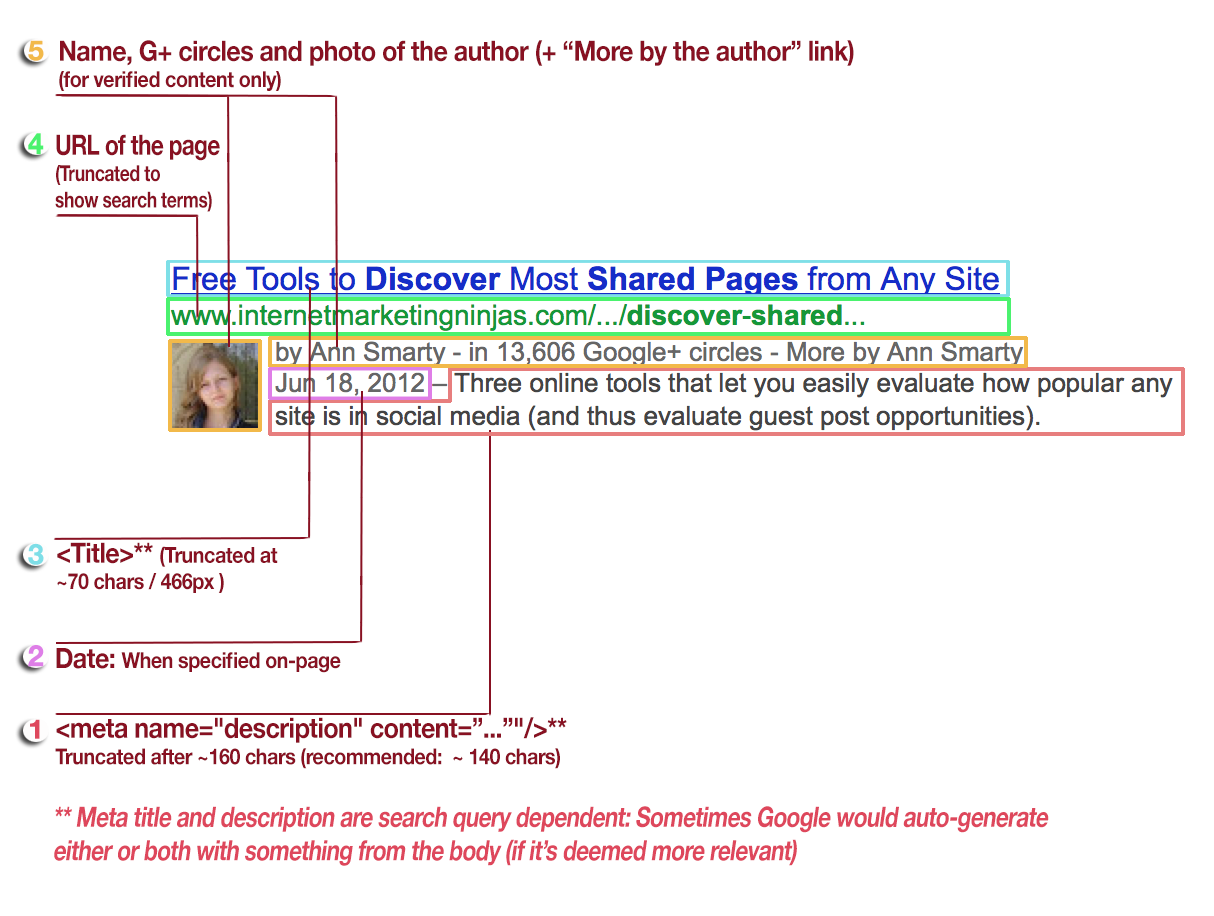
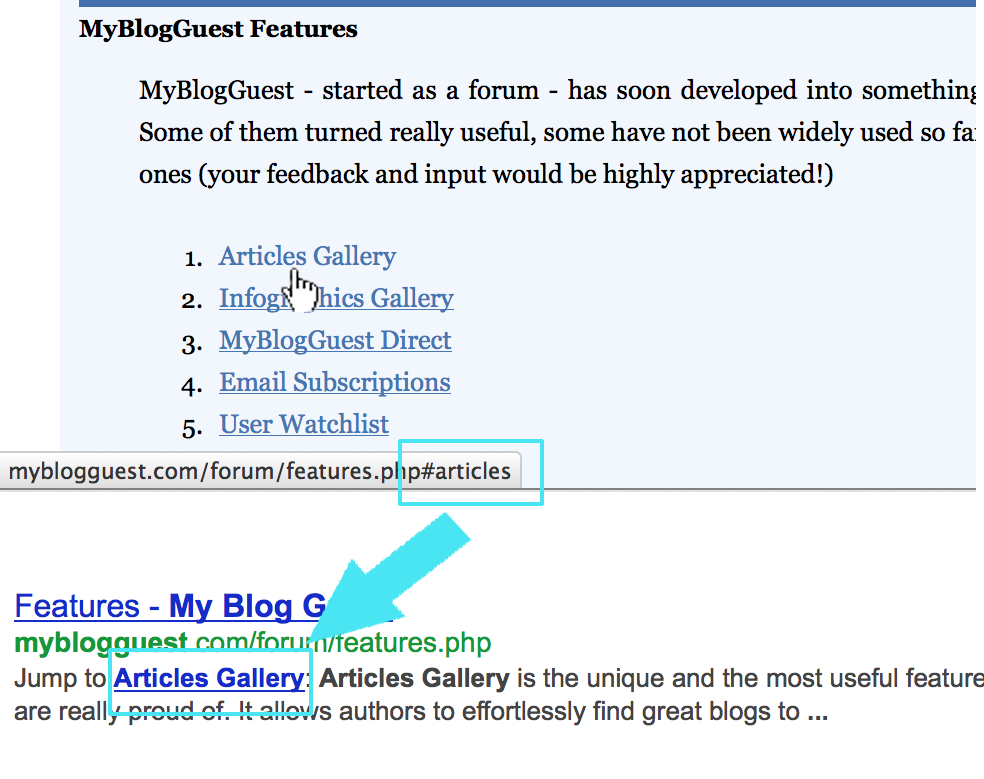
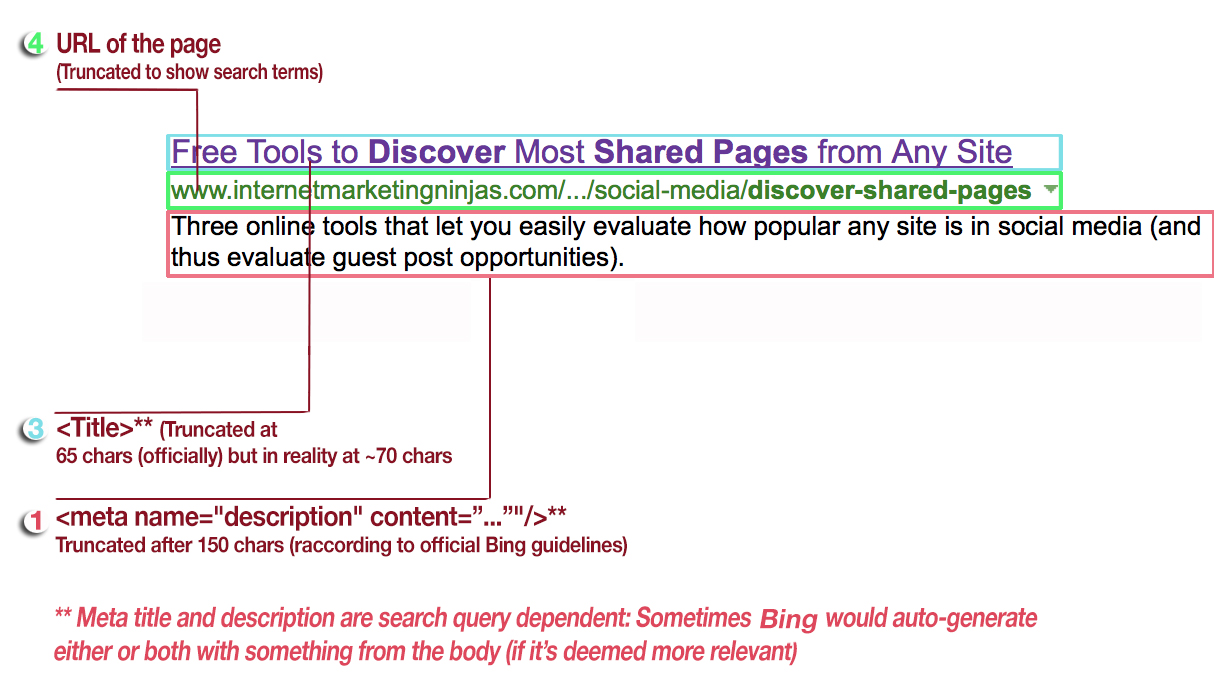
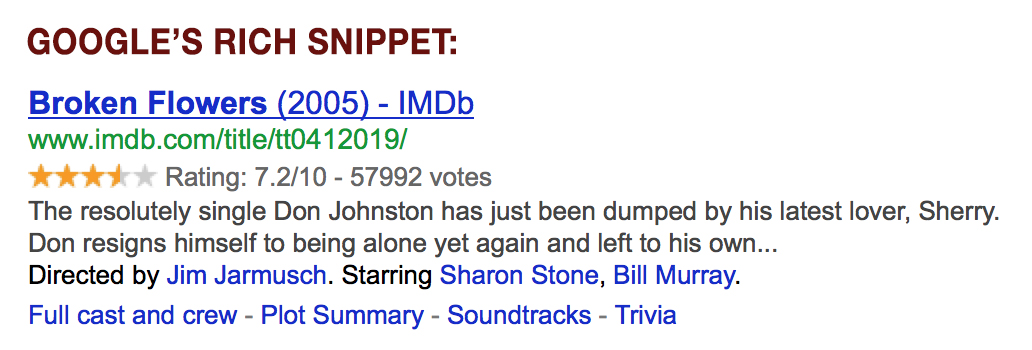

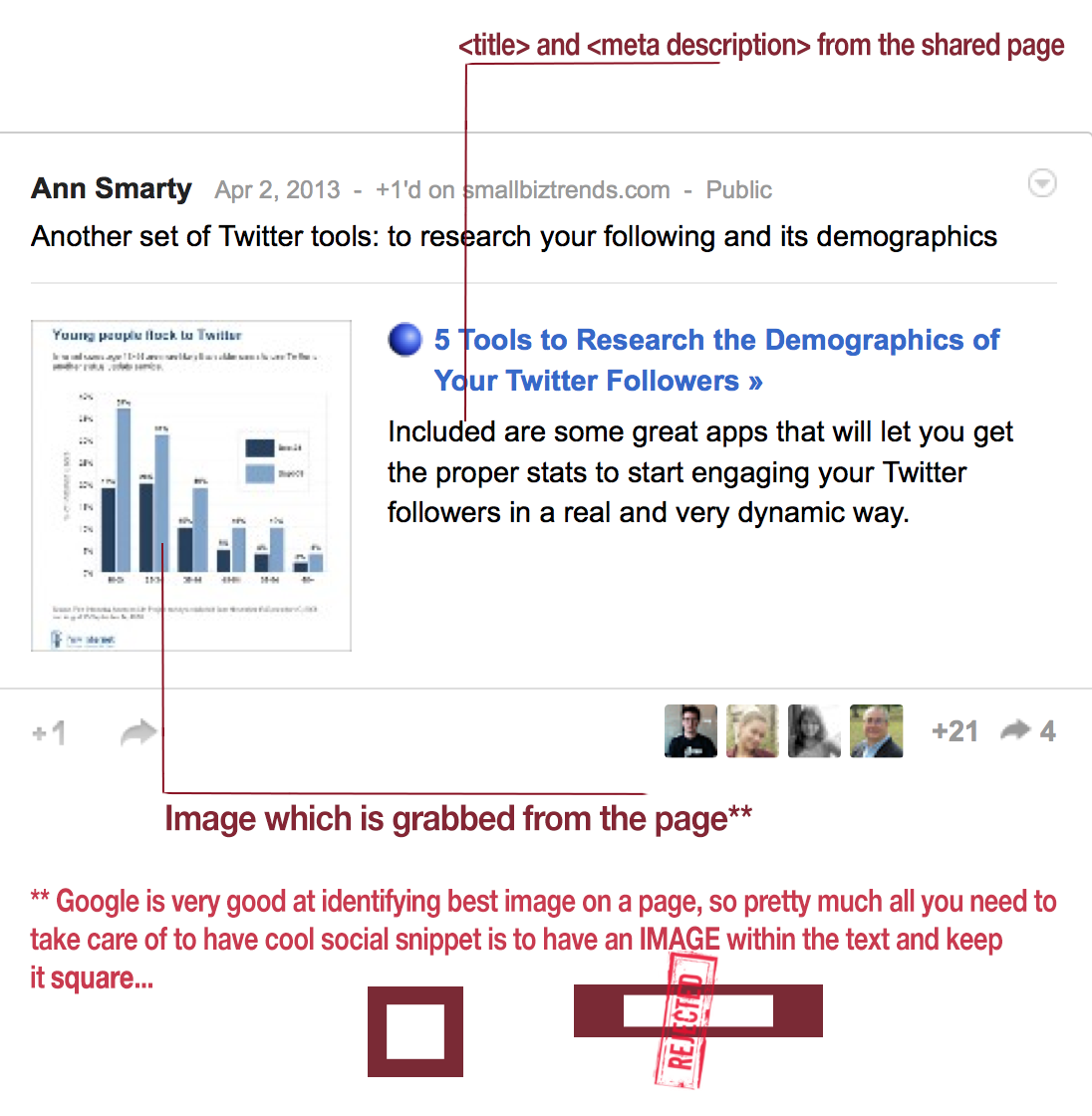
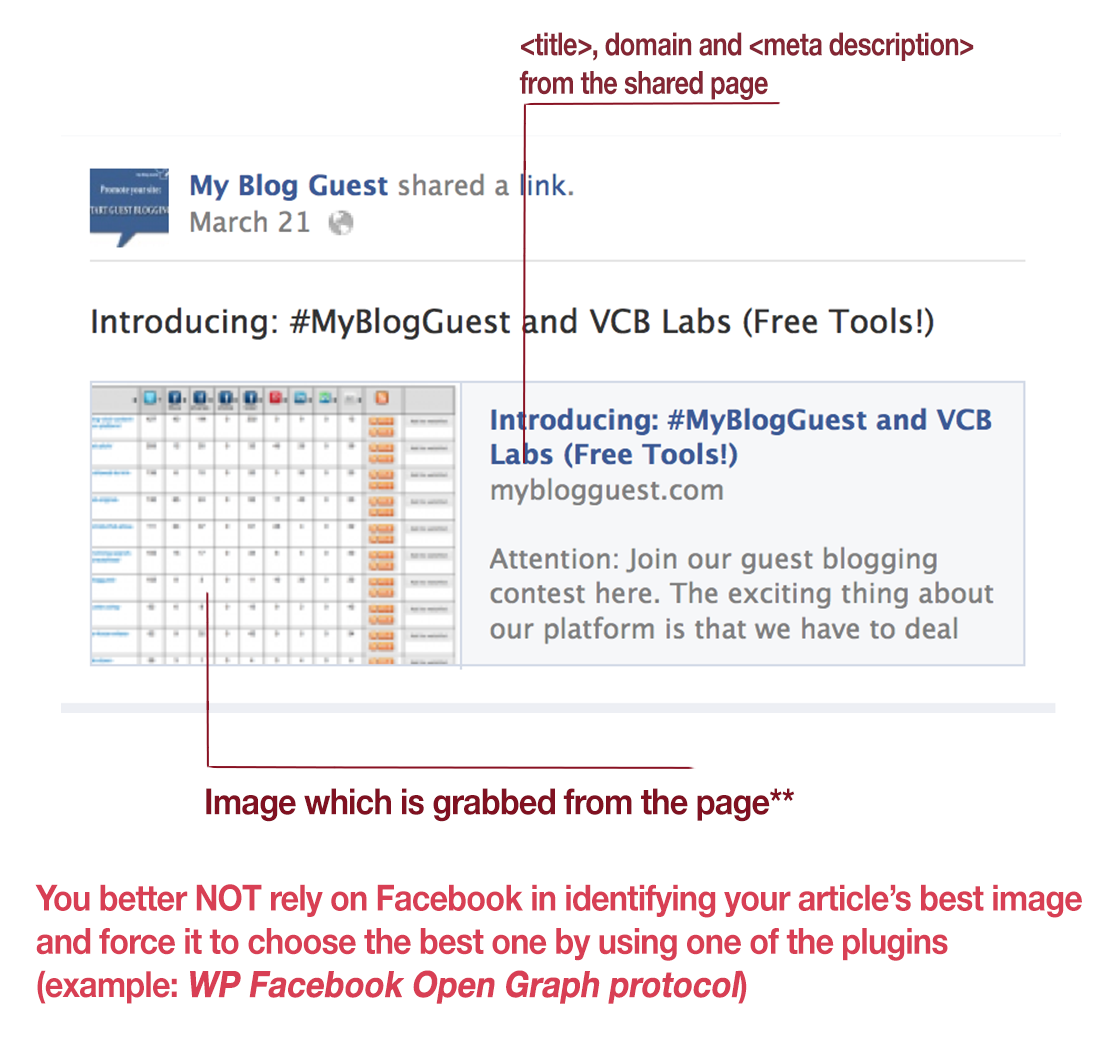
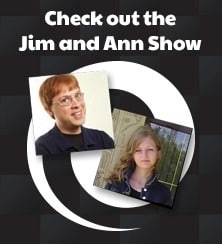


85 Responses
New @webuildpages: Search and Social Snippets: the Anatomy http://t.co/MDmty809Mv
Search and Social Snippets: the Anatomy: We all know how making the good first impression is important for eve… http://t.co/fAlyAjLypP
Search and Social Snippets: the Anatomy http://t.co/jSDAbwshTD at @NinjasMarketing
Search and Social Snippets: the Anatomy: We all know how making the good first impression is important for eve… http://t.co/cDZWeJlY0k
Search and Social Snippets: the Anatomy. An all-in-one guide for you! http://t.co/DBcqqvau9Q via @NinjasMarketing #seo #sem
IM Ninjas: Search and Social Snippets: the Anatomy – We all know how making the good first impression is important… http://t.co/GJhpNwRl6S
Search and Social #Snippets: the Anatomy by @annsmarty : http://t.co/8uf5xhqahM
Search and Social Snippets: the Anatomy ~ Via @NinjasMarketing http://t.co/usM2cOT1ZG
Search and Social Snippets: the Anatomy http://t.co/kVxZFQZYXX mine for @NinjasMarketing
Search and Social Snippets: the Anatomy http://t.co/X5R4MRW6FU via @NinjasMarketing
Search and Social Snippets: the Anatomy http://t.co/zVgbw6fVjY via @NinjasMarketing
Search and Social Snippets: the Anatomy http://t.co/QgBC3rWVBm via @NinjasMarketing
Search and Social Snippets: the Anatomy http://t.co/C8YiY2ZeV0 via @NinjasMarketing
Search and Social Snippets: the Anatomy http://t.co/R2BvtaaqZX via @NinjasMarketing
Search and Social Snippets: the Anatomy http://t.co/tP42kpTcMn via @NinjasMarketing
Search and Social Snippets: the Anatomy http://t.co/FsHvDk9MBg via @NinjasMarketing
RT @seosmarty: Search and Social Snippets: the Anatomy http://t.co/kVxZFQZYXX mine for @NinjasMarketing
Awesome breakdown of #search and #social snippets from @seosmarty http://t.co/P8WUn4M12S
Search and Social Snippets: the Anatomy http://t.co/VBxuEfwNdP #h…
RT @seosmarty: Search and Social Snippets: the Anatomy http://t.co/VqzcCEfsCD mine for @NinjasMarketing
Search and Social Snippets: the Anatomy http://t.co/ZKo39klsev
Mark Canning liked this on Facebook.
Search and Social Snippets: the Anatomy http://t.co/5fzM2MvBBp via @NinjasMarketing
Search and Social Snippets: the Anatomy http://t.co/VLqAhqVqsW mine for @NinjasMarketing
Search and Social Snippets: the Anatomy @NinjasMarketing http://t.co/E25tzYM8AH
Search and Social Snippets: the Anatomy http://t.co/kfpqkRiZ0j via @NinjasMarketing
Evernote clipworthy article from @AnnSmarty on Search Snippets http://t.co/XQKi49obGH
RT @VinnyLaBarbera: Awesome breakdown of #search and #social snippets from @seosmarty http://t.co/P8WUn4M12S
Jason Gardose liked this on Facebook.
Tracey Hatlee liked this on Facebook.
Search and Social Snippets: the Anatomy http://t.co/sB9mR9IFTT
Search and Social Snippets: the Anatomy http://t.co/saHTKNs8Vr
Search and Social Snippets: the Anatomy @NinjasMarketing http://t.co/AnJ8AVGS1m
Search and Social Snippets: the Anatomy by @seosmarty via @NinjasMarketing http://t.co/weSfMLAtF9
Search and Social Snippets: the Anatomy http://t.co/6qWcEtneJe
Search and Social Snippets: the Anatomy http://t.co/6wKgRkrLCf
Search and Social Snippets: the Anatomy http://t.co/1D04dIQ0Uj
Search and #Social #Snippets: the Anatomy http://t.co/dDdynOs8L1
Search and Social Snippets: the Anatomy http://t.co/mBjASk4LBF
Very comprehensive look into #SEO and #Social Snippets @NinjasMarketing http://t.co/QvgSLH7G87
Search and Social Snippets http://t.co/ggOGiDl04i #SEO
Search and Social Snippets: the Anatomy http://t.co/CRgsDq9Tr3
Search and Social Snippets: the Anatomy http://t.co/3q7bwGA7R6
RT @DonnaFontenot: Search and Social Snippets: the Anatomy http://t.co/3q7bwGA7R6
RT “@jamescuesta: Search and Social Snippets http://t.co/8n4EV3d3Gc #SEO” #seo
RT @Ramonser: RT “@jamescuesta: Search and Social Snippets http://t.co/8n4EV3d3Gc #SEO” #seo
Search and Social Snippets: the Anatomy in #SEO http://t.co/PixOPJIZIz
Thanks! RT @BruceBrownlee: Evernote clipworthy article from @AnnSmarty on Search Snippets http://t.co/A2uD5Y5hAs
Search and Social Snippets: the Anatomy – #smm #seo http://t.co/FR3UUVUkF9
Lisa Chaves liked this on Facebook.
Thank you for sharing, this makes it easy to understand for anyone.
The anatomy of search and social snippets for SEO http://t.co/S0DUhI9nck
Search and Social Snippets: the Anatomy @NinjasMarketing http://t.co/F7NIPEG0Pv
Fred K Cousnent liked this on Facebook.
#Search and #Socialmedia Snippets: the Anatomy @NinjasMarketing http://t.co/kVxZFQZYXX
RT @seosmarty: #Search and #Socialmedia Snippets: the Anatomy @NinjasMarketing http://t.co/kVxZFQZYXX
RT @seosmarty: #Search and #Socialmedia Snippets: the Anatomy @NinjasMarketing http://t.co/kVxZFQZYXX
Too good not to share. Enjoy! RT @seosmarty: #Search and #Socialmedia Snippets: the Anatomy @NinjasMarketing http://t.co/fCuCLY8GAk
The anatomy of search and social snippets. Simply an awesome article. @seosmarty has done it again. http://t.co/9G3zI82skn
RT @RossDunn: The anatomy of search and social snippets. Simply an awesome article. @seosmarty has done it again. http://t.co/9G3zI82skn
RT @RossDunn: The anatomy of search and social snippets. Simply an awesome article. @seosmarty has done it again. http://t.co/9G3zI82skn
“@RossDunn: The anatomy of search & social snippets. Simply awesome article. @seosmarty has done it again. http://t.co/PNyN8L8QLt” #mibers
All about #Snippets. Where has this been my whole life! Search and Social Snippets: the Anatomy @NinjasMarketing http://t.co/dMoGVxVO0L
RT @Rmiranda: “@RossDunn: The anatomy of search & social snippets. Simply awesome article. @seosmarty has done it again. http://t.co/PN…
Search and Social Snippets: the Anatomy @NinjasMarketing http://t.co/Z9A3V2mFri
Search and Social Snippets: the Anatomy @NinjasMarketing http://t.co/oQYsY5MJeA
Good article – Search and Social Snippets: the Anatomy http://t.co/o4D6bqoSah via @seosmarty #SEO
RT @kariebarrett: Good article – Search and Social Snippets: the Anatomy http://t.co/o4D6bqoSah via @seosmarty #SEO
Good post by @annsmarty “The Anatomy of Search and Social Snippets” http://t.co/uQ2oehqz8U
RT @kariebarrett: Good article – Search and Social Snippets: the Anatomy http://t.co/o4D6bqoSah via @seosmarty #SEO
A anatomia das snippets em Search e Social http://t.co/FSZ6a1Ly0N
RT @EnlinkBrasil: A anatomia das snippets em Search e Social http://t.co/FSZ6a1Ly0N
Comparación de microformatos en Google, Bing y Redes Sociales
http://t.co/qRnX3SCGXJ #socialmedia #seo
RT @bernihochrainer Guter Artikel -> “Search and social Snippets”: http://t.co/aMUavTNN74 #seo #search2013
Search and Social Snippets: the Anatomy http://t.co/kVxZFQZYXX
RT @seosmarty: Search and Social Snippets: the Anatomy http://t.co/kVxZFQZYXX
BrainPulse liked this on Facebook.
Cre8asiteforums liked this on Facebook.
Search and Social Snippets: the Anatomy @NinjasMarketing http://t.co/kVxZFQZYXX
RT @seosmarty: Search and Social Snippets: the Anatomy @NinjasMarketing http://t.co/0wXTR7Ww1j
RT @seosmarty: Search and Social Snippets: the Anatomy @NinjasMarketing http://t.co/kVxZFQZYXX
One of my favorite reference posts to send people from @SEOSmarty – Search & Social Snippets: the Anatomy http://t.co/uFgmn60nkV
RT @seosmarty: Search and Social Snippets: the Anatomy @NinjasMarketing http://t.co/tbBnIFod0K
Adrian Frank Consulting liked this on Facebook.
Search and Social Snippets: the Anatomy http://t.co/H6zWdBjx1E by @seosmarty
Comments are closed.